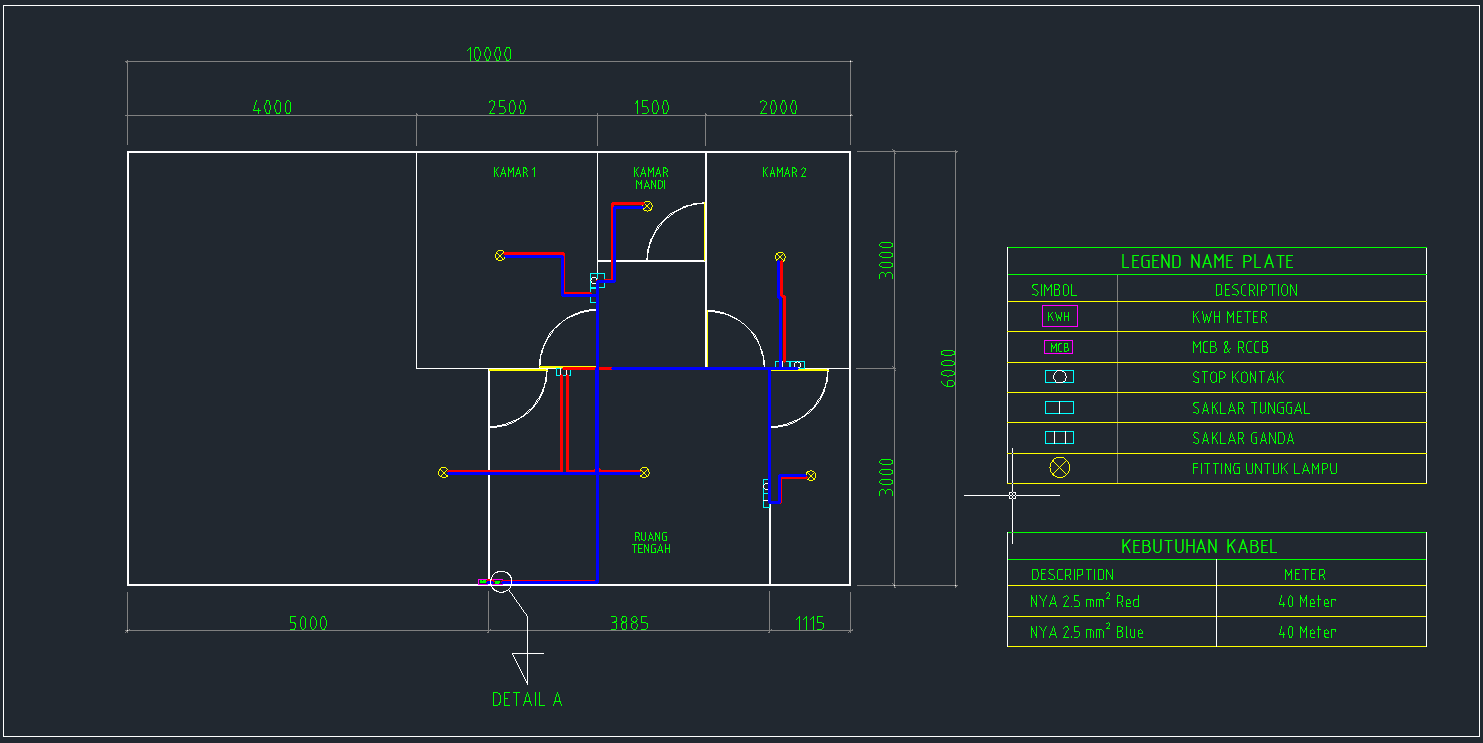
Have you ever experienced a short circuit in your electric appliances due to a cable leak? Such as a lamp shutting down due to exposure to rain from a leaking roof, causing it to spread and damage other appliances. Surely, Wilson Cables has a solution to keep your electric appliances safe in such cases.
Residual Current Circuit Breaker (RCCB) is an electrical wiring device that breaks the circuit whenever a leakage in current flow occurs. This is the safest component to detect such leakages to ensure protection from electrocution caused by direct contact. RCCBs are usually wired in tandem with the MCB, which protects them from overcurrent and short circuits. Phase wires and neutral wiring through RCCB components. It is a form of protection against direct human contact and widely used for protection against current leakages for homes using 30 mA. The RCCB is also an essential lifesaving equipment used to protect the human body from electricity and is mandatory in every state for domestic installations.
Next, choosing the right type and size of wires significantly affects cable leakages. Wilson Cables provides specifications that can adjust to various installations in your home. Our products are able to be extinguished 3x faster, providing easy application, labels printed digitally with meter markings and made of 99.99% pure copper. Making our products the perfect choice to be used alongside the RCCB for cases of short circuits or burning wires. If the wires at your home are exposed to water or cable leakages, the RCCB will immediately shut down to keep the other electric appliances safe. Afterwards, you may check any affected appliances and fix them where needed.

Detailed pictures:

The circled image is an example of an RCCB with a 30 mA specification.
That sums up the tips on RCCB application and picking the right cables from Wilson Cables in order to help safeguard your home appliances from a current leakage. For any other cables you might need, Wilson Cables will provide only the best products for you!
Other Interesting Information:
1. 3 Steps to Design a Precise and Safe Home Electrical Installation
2. Transmitting Power Sources From PLN To Your Home
3. Reviewing Grounding Cables and The Color Codes Used
4. 6 Home Electrical Installation Equipment and Their Functions
5. Why Are High-voltage Cables Installed a Little Loose?